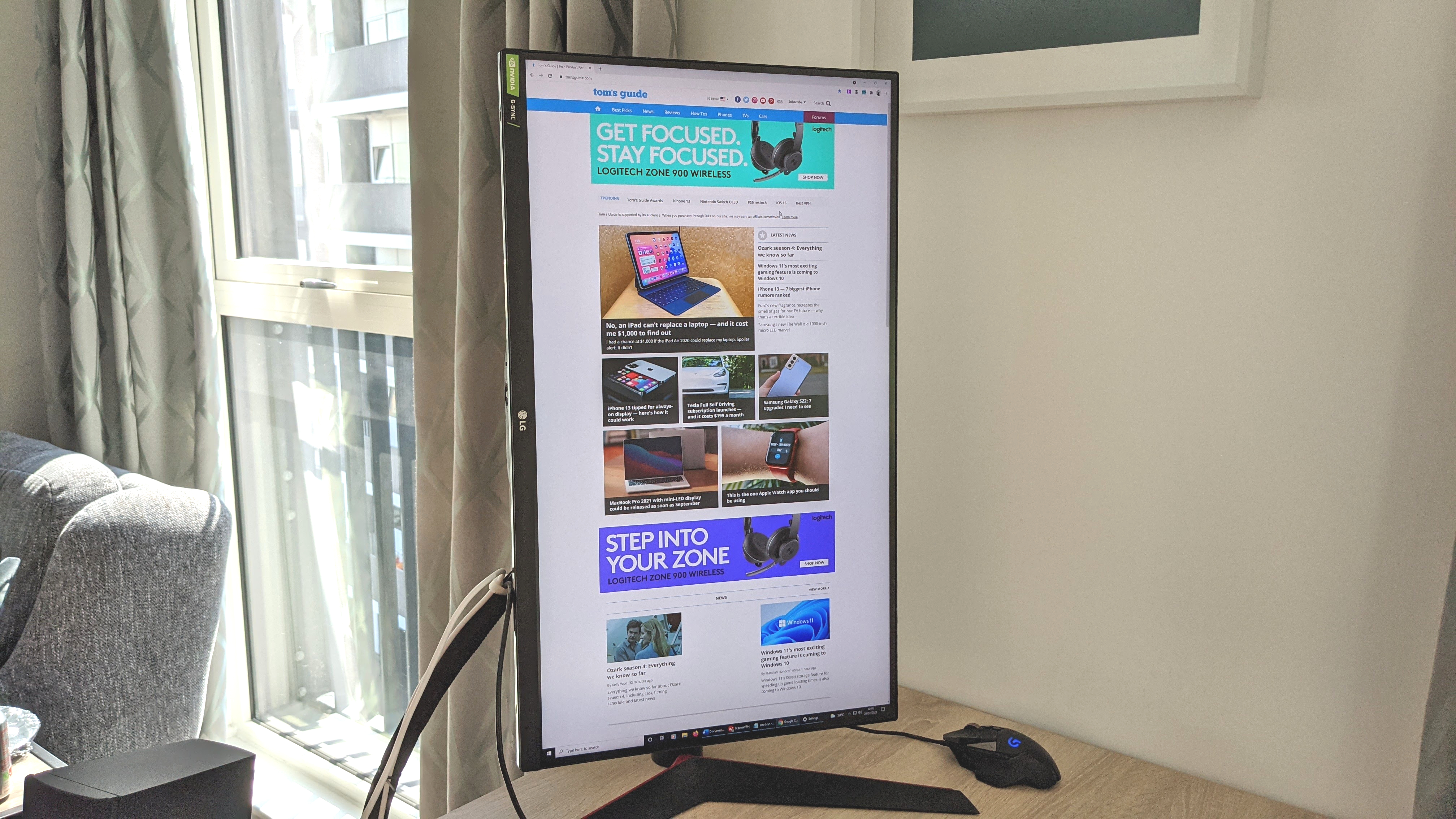
Text_box = TextBox(app, text="enter text", width="fill") Here are some examples:Ī TextBox could span the entire width of the container: from guizero import App, TextBox Widgets can also be made to "fill" all available space by setting the width and height parameters to fill. The widgets will stack in the order they are created, so the widget created first will be closest to the edge in the direction specified. Text_box = TextBox(app, text="enter text", align="left")īutton = PushButton(app, text="submit", align="left") Text = Text(app, text="label", align="left") Right_text = Text(app, text="to the right", align="right")īy aligning multiple widgets to the same side of the container, widgets can be made to stack together: from guizero import App, Text, TextBox, PushButton Left_text = Text(app, text="to the left", align="left") Top_text = Text(app, text="at the top", align="top")īottom_text = Text(app, text="at the bottom", align="bottom") Widgets can be aligned to either the top, bottom, left or right, using the align property when created.Īligning a widget will cause it to be "stuck" to that side of the container, for example: from guizero import App, Text
HOW TO REVERSE ALIGNMENT OF WINDOWS MONITOR CODE
For example, the following code will create two Text widgets, one on top of the other. All widgets will be arranged in the order they are created and aligned to the centre. Auto layoutĪuto is the default layout used when a container is created. If no layout parameter is specified, the default auto layout is used. The layout is set using the layout parameter of the container, for example: app = App(layout="auto")

The layout of your GUI is how you arrange the widgets in the window.


 0 kommentar(er)
0 kommentar(er)
